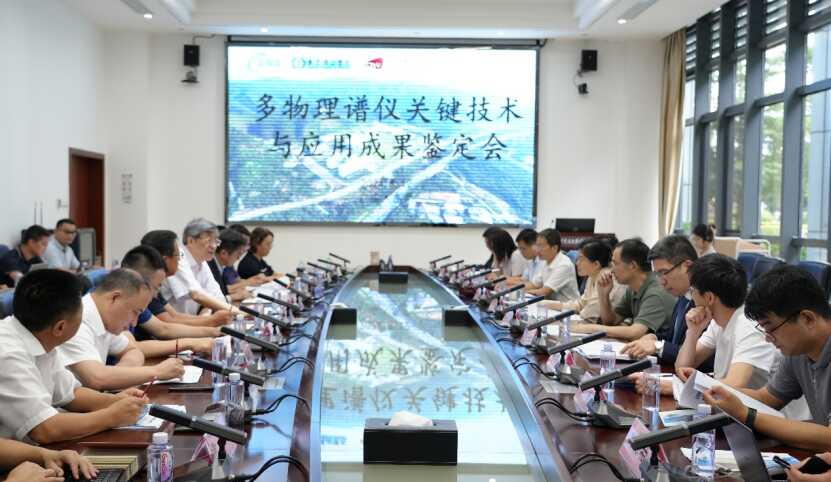The technology achievement appraisal meeting of the Multi-Physics Instrument (MPI) Key Technology and Application programme was held on 12 August 2024 in Dongguan. Jointly constructed by the CSNS, Dongguan University of Technology, and City University of Hong Kong, the MPI is the first neutron total scattering instrument in China. Seen as a model of scientific collaboration in the Guangdong-Hong Kong-Macao Greater Bay Area (GBA), it is also the first collaborative instrument built at CSNS.
Dongguan Deputy Mayor Ms. LI Jun gave an opening speech at the meeting. She stated that the construction of the MPI demonstrates the enormous potential of Guangdong-Hong Kong scientific cooperation. She emphasized the need to fully leverage the leading role of large-scale scientific facilities such as the CSNS, deepen research cooperation between Guangdong and Hong Kong, and drive the vigorous development of technology enterprises in Dongguan and the GBA.
The MPI is the first large-scale scientific experimental equipment invested and constructed in the mainland by Hong Kong or Macao. It aims to support cutting-edge research and technological development at universities, research institutes, and enterprises in the GBA. It is also one of the major neutron instruments to support research of the CityU-IHEP Joint Laboratory on Neutron Scattering and the Guangdong-Hong Kong-Macao Neutron Scattering Science and Technology Joint Laboratory.
The PI of the MPI, Dr. YIN Wen said that the MPI has completed over 300 user experiments in three years. These experiments mainly focus on the structural studies with different degrees of orderliness in the fields of materials science, physics, chemistry, and the environment, generating many interesting scientific discoveries in batteries and energy, chemistry and the environment, alloy materials, rare earths, and magnetic materials, with over 100 high-quality publications in world-class journals like the Nature.
The MPI team has made a series of key technological breakthroughs during the R&D of the instrument, such as the development of the position-sensitive 3He tube detector and the software for neutron diffraction and data reduction.
Experts at this meeting came from institutions such as the Songshan Lake Materials Laboratory, Greater Bay Area University, Institute of Physics of the Chinese Academy of Sciences, Institute of Metals of the Chinese Academy of Sciences, Sun Yat-sen University, Peking University Shenzhen Graduate School, the Chinese University of Hong Kong, University of Macau, and Southern University of Science and Technology. CAS Academicians WANG Weihua and CHEN Hesheng, Prof. WANG Sheng, IHEP Deputy Director, XU Haishan, President of the Beijing-Hong Kong Academic Exchange Center, attended the meeting.




